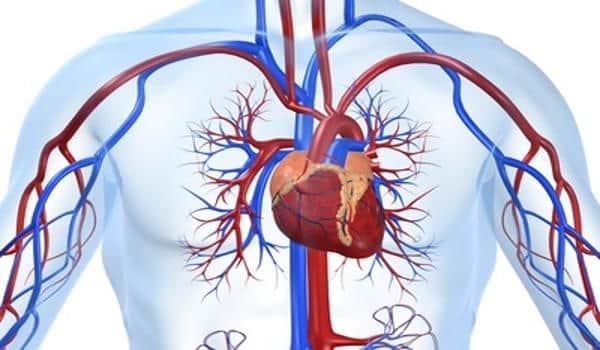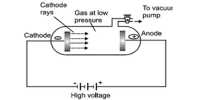Heart disease can manifest itself in a variety of ways, but some types of heart disease, such as asymptomatic low ejection fraction, can be difficult to detect, particularly in the early stages when treatment would be most effective. The ECG AI-Guided Screening for Low Ejection Fraction, or EAGLE, trial aimed to see if an artificial intelligence (AI) screening tool developed to detect low ejection fraction using EKG data could improve the diagnosis of this condition in routine practice. The study’s findings have been published in Nature Medicine.
The inability of the heart to contract strongly enough with each beat to pump at least 50% of the blood from its chamber is referred to as systolic low ejection fraction. Although an echocardiogram can easily diagnose low ejection fraction, this time-consuming imaging test necessitates more resources than a 12-lead EKG, which is quick, inexpensive, and widely available. The AI-enabled EKG algorithm was tested, developed, and validated in subsequent studies using a convolutional neural network.
Heart disease can take a number of forms, but some types of heart disease, such as asymptomatic low ejection fraction, can be hard to recognize, especially in the early stages when treatment would be most effective.
The EAGLE trial was conducted in 45 medical facilities in Minnesota and Wisconsin, including rural clinics, community, and academic medical centers. In total, 348 primary care clinicians from 120 medical care teams were assigned to either usual care or intervention at random. The intervention group was notified via electronic health record of a positive screening result for low ejection fraction, prompting them to order an echocardiogram to confirm.
“The AI-enabled EKG facilitated the diagnosis of patients with low ejection fraction in a real-world setting by identifying people who would have previously slipped through the cracks,” says Mayo Clinic cardiac electrophysiologist Peter Noseworthy, M.D. Dr. Noseworthy is the study’s senior author.
Over the course of eight months, 22,641 adult patients underwent an EKG under the supervision of the trial’s clinicians. The AI discovered positive results in 6% of the patients. The proportion of patients who had an echocardiogram was similar overall, but among patients who had a positive screening result, a higher proportion of intervention patients had an echocardiogram.

“In comparison to standard care, the AI intervention increased the overall diagnosis of low ejection fraction by 32%. The relative increase in diagnosis among patients with a positive AI result was 43 p “rcent,” says Xiaoxi Yao, Ph.D., a Mayo Clinic health outcomes researcher in cardiovascular diseases and the study’s first author. “In absolute terms, the AI screening resulted in five new diagnoses of low ejection fraction over usual care for every 1,000 patients screened.”
“The information was readily available in the electronic health record with EAGLE, and care teams could see the results and decide how to use that information,” Dr. Noseworthy says. “The takeaway is that we will likely see more AI use in medical practice as time goes on. It is our responsibility to figure out how to use this in a way that improves care and health outcomes while not overburdening front-line clinicians.”
In addition, the EAGLE trial employed a positive deviance approach to assessing the top five care team users and top five non-users of AI screening information. According to Dr. Yao, this cycle of learning and feedback from physicians will show ways to improve the adaptation and application of AI technology in the practice.
EAGLE is one of the first large-scale trials to show the value of AI in clinical practice. The low ejection fraction algorithm, which has been designated as a breakthrough by the Food and Drug Administration, is one of several algorithms developed by Mayo and licensed to Anumana Inc., a new company focused on unlocking hidden biomedical knowledge to enable early detection and treatment of heart disease. Eko devises Inc. had previously licensed the low ejection fraction algorithm for hand-held devices that are externally applied to the chest.
The EAGLE trial was funded by the Robert D. and Patricia E. Kern Center for the Science of Health Care Delivery at Mayo Clinic, in collaboration with the departments of Cardiovascular Medicine and Family Medicine, as well as the Division of Community Internal Medicine.
















